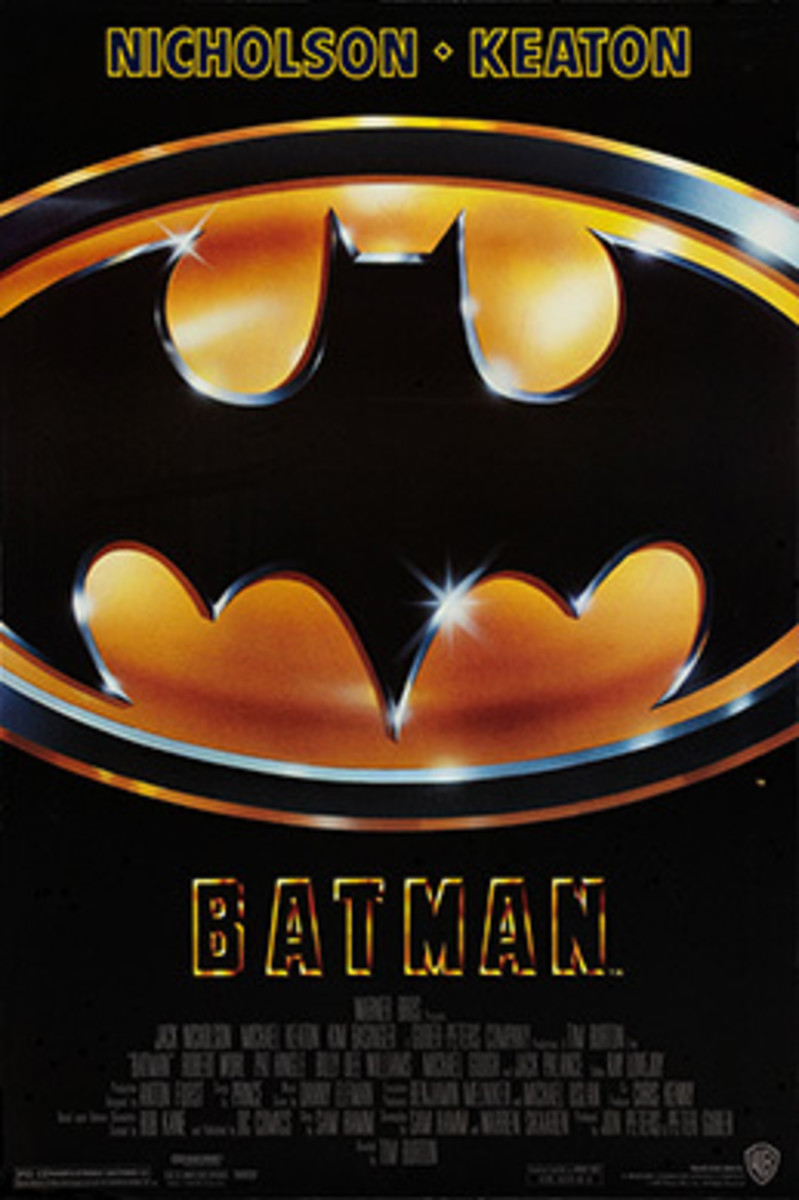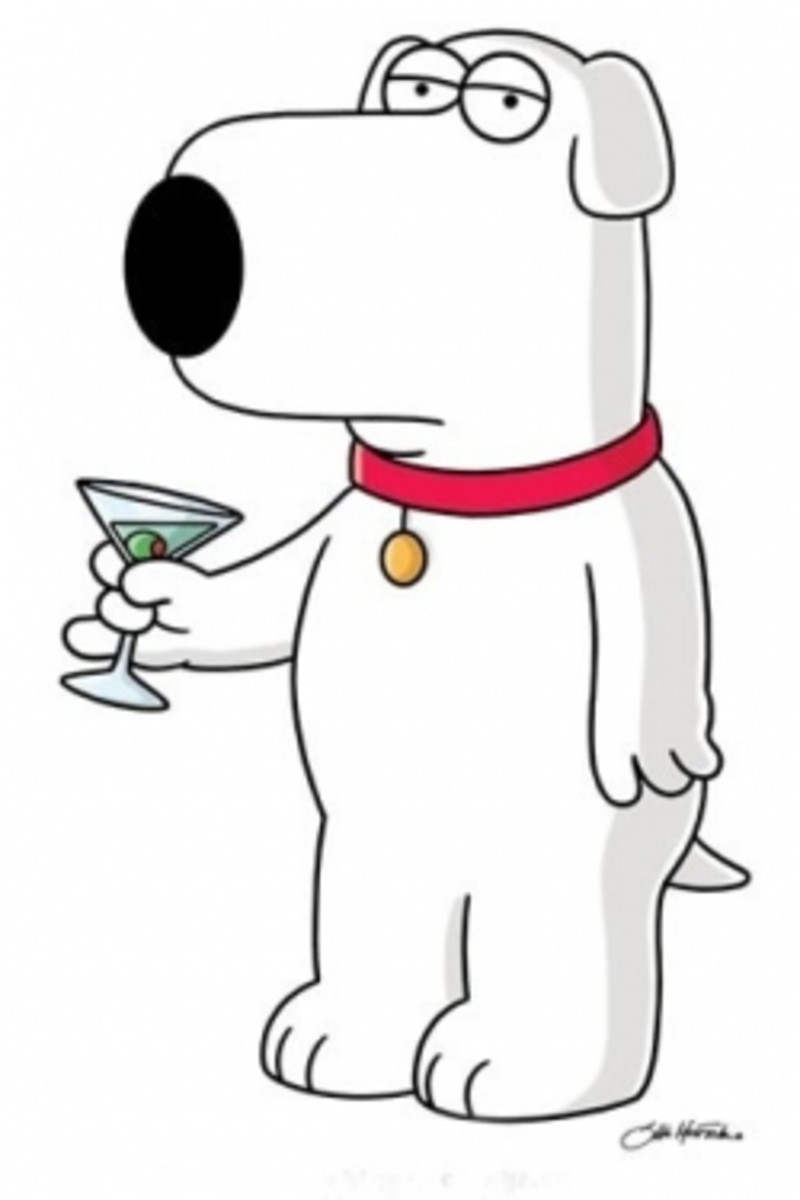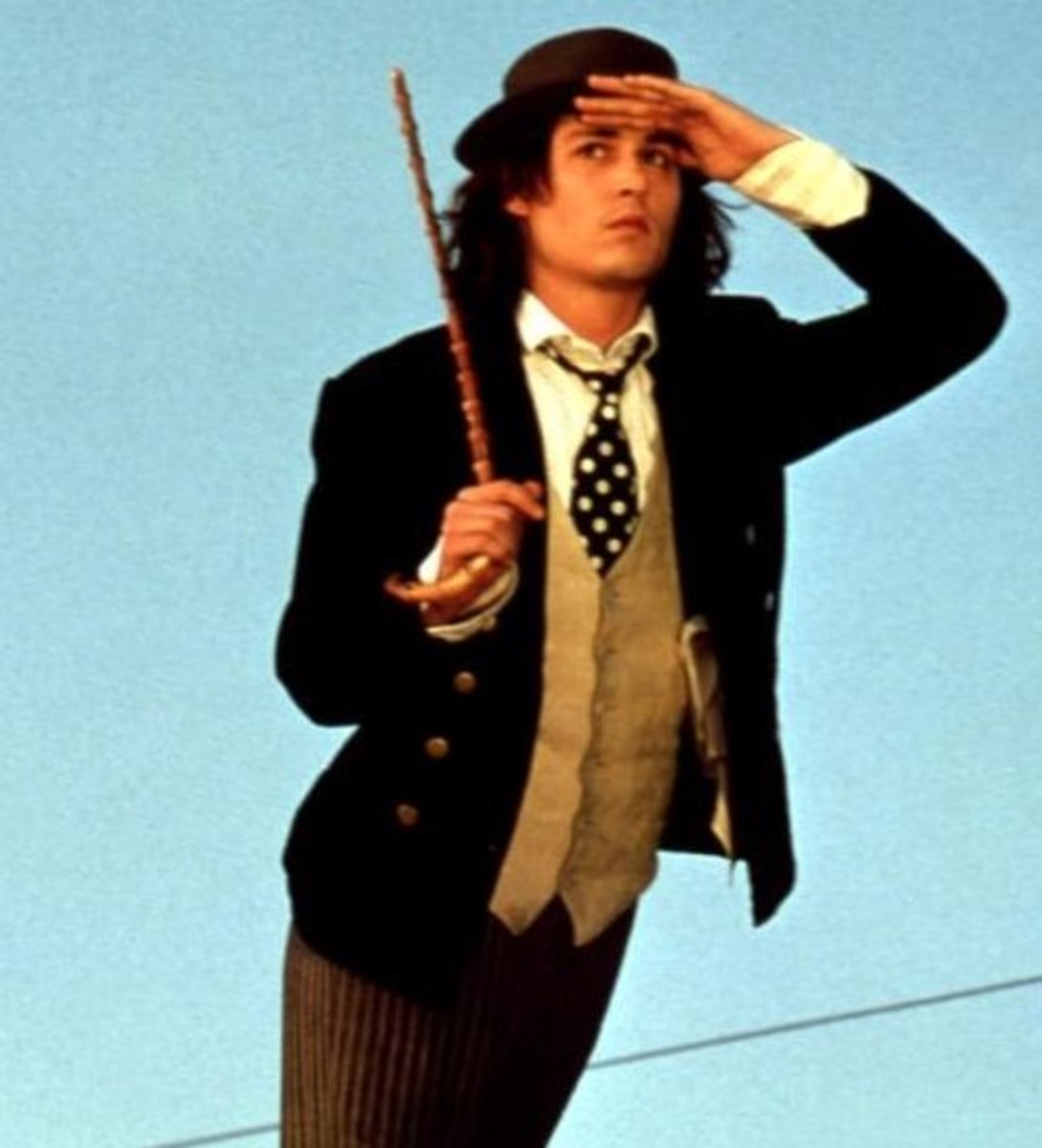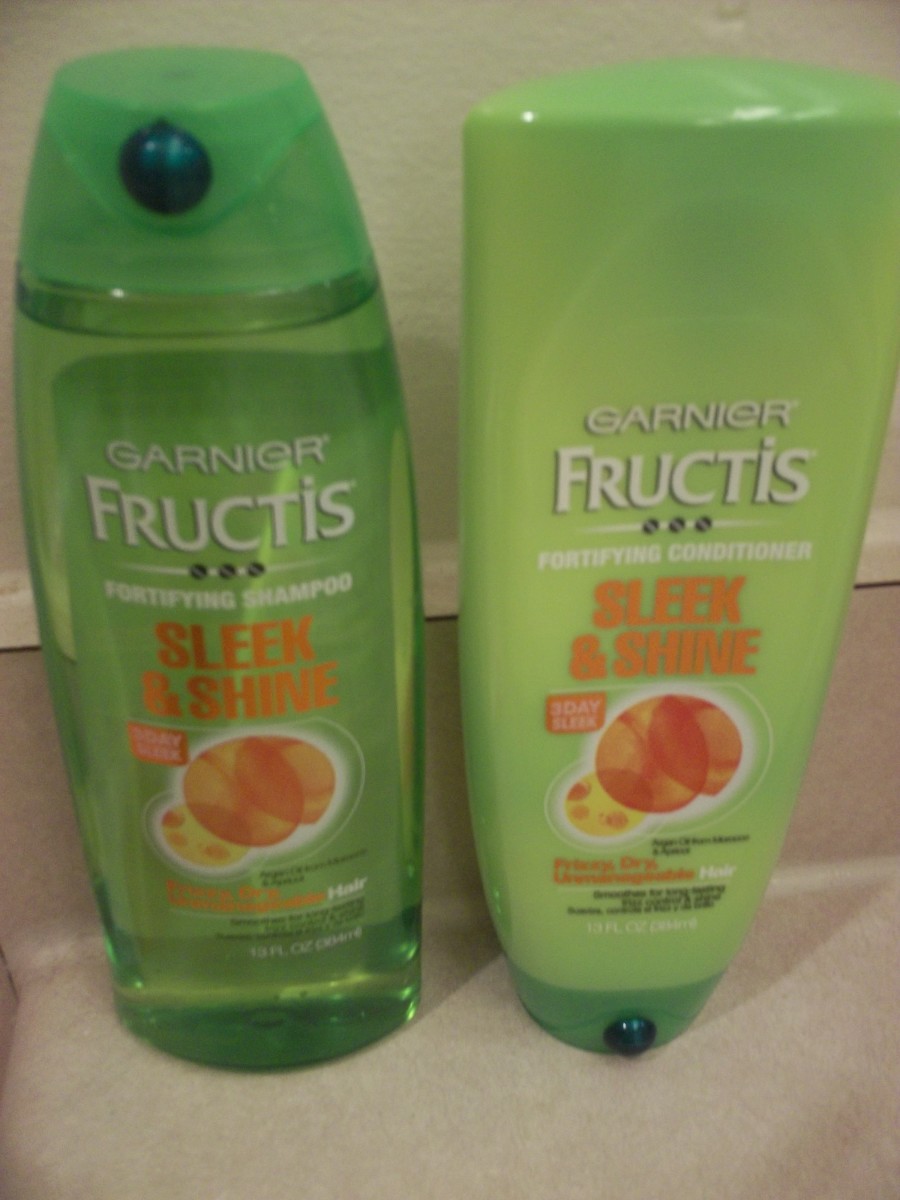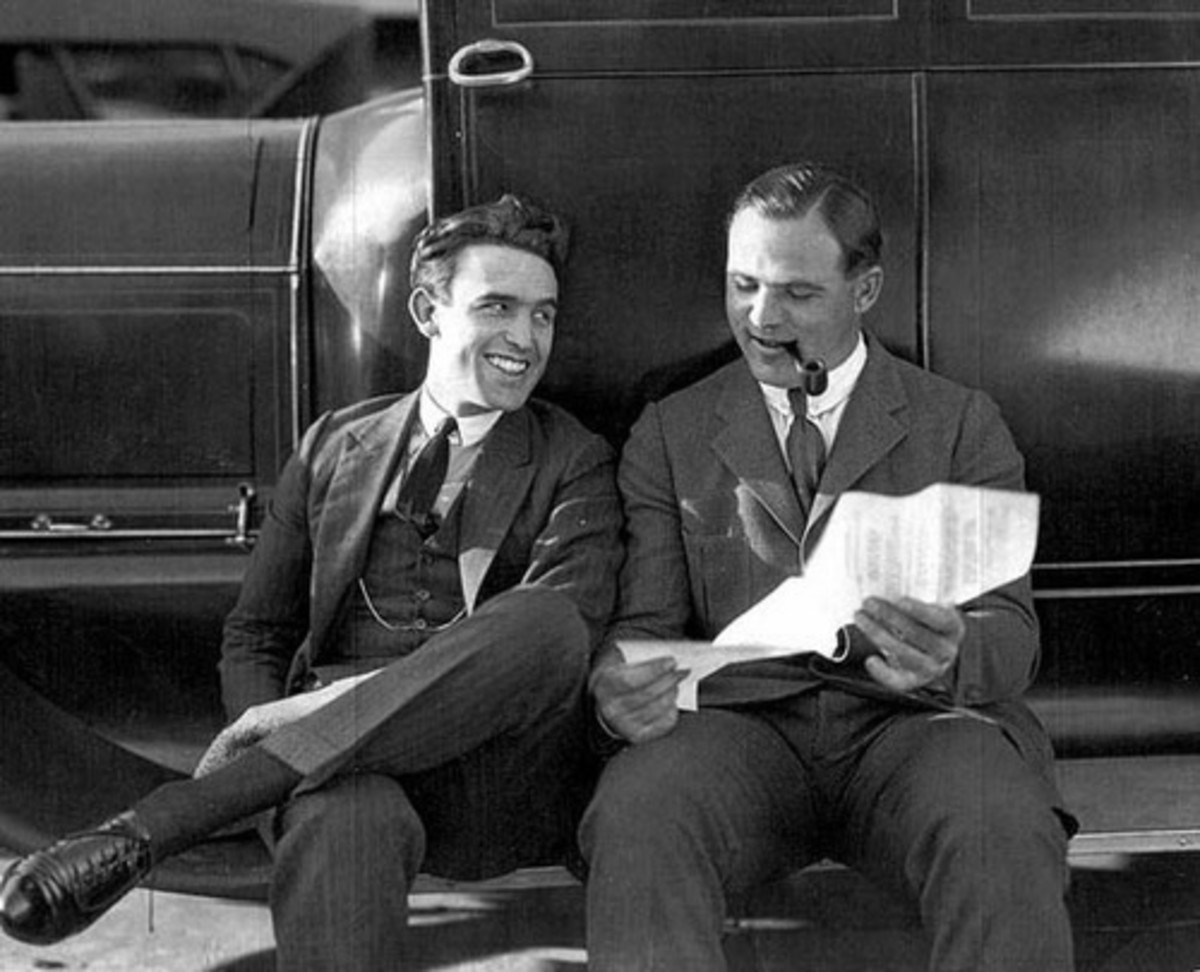Starting Your Essential Buster Keaton Collection
A Typical Day for Buster Keaton
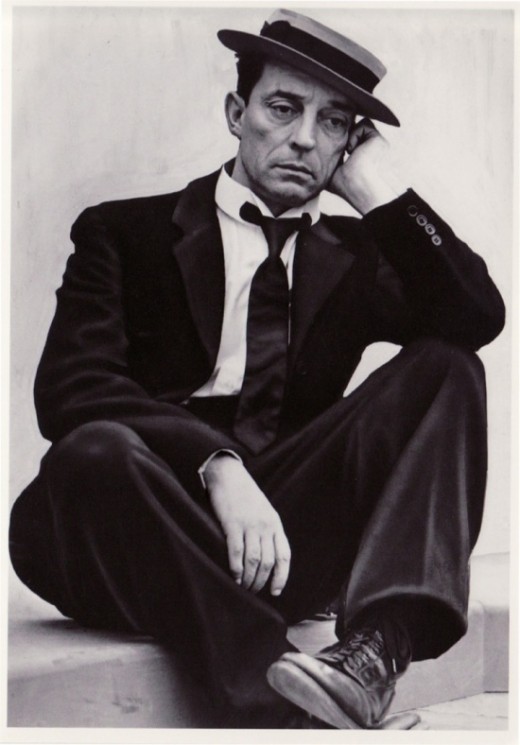
Today’s popular comedies owe a debt to the silent film stars of the 1920’s who created and perfected the form over 90 years ago. And while Charlie Chaplin is certainly the most prominent and legendary of those comedy film stars, Buster Keaton was right up there with him and his work was just as influential and hilarious.
Unlike Chaplin’s signature “The Tramp” character, Keaton only used two small props to identify his character. A “pork-pie” hat which usually sat tilted to one side on his head and his “stone face”. No matter the situation, nothing ever cracked his calm demeanor and non-changing expression. The more bizarre and hilarious the situation, the funnier his “stone face” became.
What follows are three choices I believe anyone unfamiliar with Keaton’s work should start with, they make a fine addition to your DVD collection. With begin with the newest release on “Blu-Ray” from Kino Productions;
Buster Keaton – Short Films Collection: 1920 – 1923
All the short films of Keaton’s early career are here for the first time in “Blu-Ray” form. And while the upgrade in clarity is good news for Keaton fans, this also represents a gold mine of laughs and a great starter set for those who are only vaguely familiar with Keaton’s work.
Highlights begin with “One Week”, Keaton’s first release (though I believe “High Sign” was produced first, Keaton didn’t feel it was strong enough to be his “introduction” to the public) has Buster and his new bride building what turns out to be a very strange looking house in only one week’s time. The finale involving an on-coming train was a scene that has been copied repeatedly, especially for its “double cross” timing.
“Haunted House” uses a number of prop effects and tricks that keep you constantly entertained. “The Paleface” does include some humor that leans toward racism (all the Native Americans are played by Caucasians in make-up), but the overall tone of the humor is directed mostly at the “white” railroad owners who try to remove the Native Americans from their land. There is a priceless scene of Buster trying to join into a pow-wow dance and his solution to getting burned at the stake (something I don’t think Native Americans did…) is pretty inventive.
“Cops” may be the hands-down winner that Keaton produced. Buster has just purchased a wagon full of furniture (though the owners of that furniture don’t realize it) and gets mixed up in a large parade full of cops when a bomb throwing anarchist (complete with mustache) gets the police to mistakenly chase Buster all over town. The scene with Buster on a ladder is legendary, but I really enjoyed the ending as Buster is finally caught and the final credit shows his tombstone topped by Keaton’s famous pork-pie hat.
All in all these represent a brilliant comedian finding his way from vaudeville to perfecting the physical timing necessary in creating great film comedy.
Sherlock Jr. (1924)
There are other Keaton short films that many regard as better, but I believe this one highlights his use of props and camera effects to their greatest degree. Most of the film is actually a dream sequence involving Buster falling asleep while running a film and dreaming he’s the best detective in the world, a feat that impresses his would-be girlfriend to no end. The most stunning sequence involves Buster actually walking onto the screen at the movie house and surviving the scene changes that followed. All the special effects work was done “in-camera” and involved precise measurements and inventive physical timing to pull off.
A close second for shock value has Buster avoiding criminals by literally jumping through a woman’s petticoat (while his assistant is wearing it) and disappearing completely. This was another “in camera” effect done with a hidden panel behind the assistant.
And before you ask, yes, I consider Keaton’s later effort “The Navigator” a better film and one that demonstrated his transition from the slapstick based efforts to more character oriented comedy. But for constant entertainment value, especially for the younger set, I believe “Sherlock Jr.” is the better first choice
The General (1926)
Easily his best film and one of the greatest comedies ever filmed, “The General” was considered a box office failure at the time of its release due in part because it failed to cover the production costs (delays in film production caused by a large fire on location). And perhaps the ambition of the film overwhelmed some critics and movie goers at the time considering that Keaton’s okay, but nothing great “Battling Butlers” released a couple of years earlier was a monster hit. And “The General” does include a couple of small comedic bits that were considered “vulgar” at the time (a soldier in battle getting killed by Buster in an unintentional way) but are pretty tame stuff compared to today’s releases.
The most striking thing about “The General” are the town, uniforms, and trains that fill the scenery in a way so authentic to the Civil War era that you’d swear Matthew Brady himself was the cinematographer. Based on the true story, “Johnny Gray”, the train engineer of “The General” played by Buster sees this mechanical love of his life stolen by Union spies. He gives chase first on foot, then on a rail car (which actually happened in the real event by the way), and finally takes another train “The Texas” and keeps pursuing. It doesn’t help that his would-be girlfriend has been accidentally kidnapped by those same Union spies.
“The General” does include what is considered to be the most expensive single shot of the silent film era, a train crossing a bridge that collapses into a river. But the highlight may be Buster’s use of a railroad car cannon (again, authentic to the period) to try and stop “The General”. The physical timing, inventiveness of the sequence, and the final shot fired are as thrilling as they are hilarious.
All in all these are three fine choices to begin your Keaton collection with. If these choices intrigue you enough, I would also recommend the aforementioned “The Navigator”, “The Three Ages” (which includes a baseball type bit that took 52 takes to get right and was well worth it), and “Steamboat Bill Jr.” which has perhaps Buster’s most famous scene, a building front falling towards Buster.

![Buster Keaton Short Films Collection: 1920-1923 (Three-Disc Ultimate Edition) [Blu-ray]](https://m.media-amazon.com/images/I/51maBYm8MgL._SL160_.jpg)
